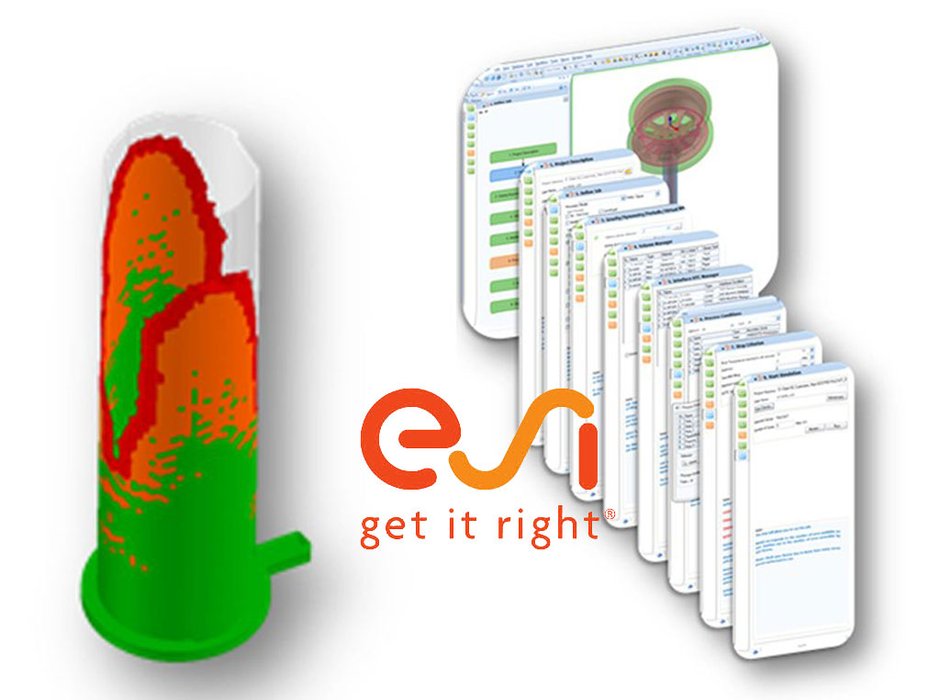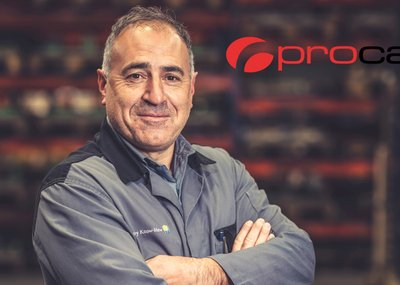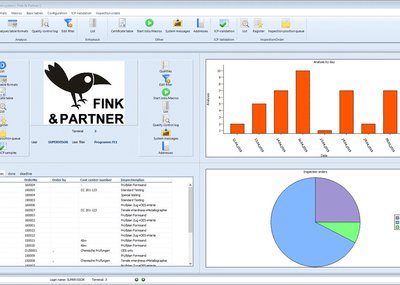Reducing turnaround time by half
ESI Group, pioneer and worldleading solution provider in Virtual Prototyping for manufacturing industries, announces the release of ProCAST 2013.5 along with its dedicated user environment Visual-Cast 9.0, both designed to enable foundries to improve casting yield and quality thanks to more efficient processes and solvers.
ProCAST, ESI’s casting simulation software, results from over 25 years of collaboration with major industrial partners and academic institutions all over the world.
The solution offers an extensive suite of modules and tools enabling foundries to meet the most challenging industrial requirements. ProCAST is well adapted to predict distortions and residual stresses after casting and addresses specific processes including core blowing, centrifugal, lost foam, semi-solid and continuous casting.
“ProCAST empowers foundries to address the most technically demanding tasks in casting, while reducing lead time, increasing productivity and controlling cost. This release offers best-in-class casting simulation in a single, integrated and customizable environment. The new fluid flow solver delivers twice faster turnaround time and improved accuracy, “says Marco Aloe, Product Manager, ESI Group.
ProCAST 2013.5 features a new version of the fluid flow solver that benefits from the accuracy of the Finite Element Method (FEM), the efficiency of the Finite Volume Method (FVM), and the speed of the Multi-Grid linear solver used by many prominent CFD software packages.
ProCAST‘s improved fluid flow solver and the modified porosity model enable the precise modeling of large titanium structures made by centrifugal casting, as demonstrated in the frame of the COLTS project, an international co-operation between China and Europe.
ProCAST‘s user environment Visual-Cast 9.0 provides significant improvements in turnaround time, offering faster and more intuitive handling capabilities. In addition, foundries can now design their very own workflows; encapsulating practices and adjusted to particular needs.
To answer the growing needs of advanced casting simulation, the release incorporates the TimeTemperature Transformation (TTT)/ and Continuous Cooling Transformation (CCT) approaches for modeling Heat Treatment, and the full integration of the CAFE module to model grain structure.
New capabilities dedicated to specific processes are also introduced, including a die locking force indicator, a new turbulence model, and an improved misrun prediction model.
Importantly, the thermodynamic databases used to compute the material properties are extended.
auch verfügbar in: <link record:tt_news:13490 internal-link>![]()
![]()
###COMPANY_LINK### <link record:tx_browserdirectory_directory:4685 internal-link>![]() ESI Group
ESI Group




